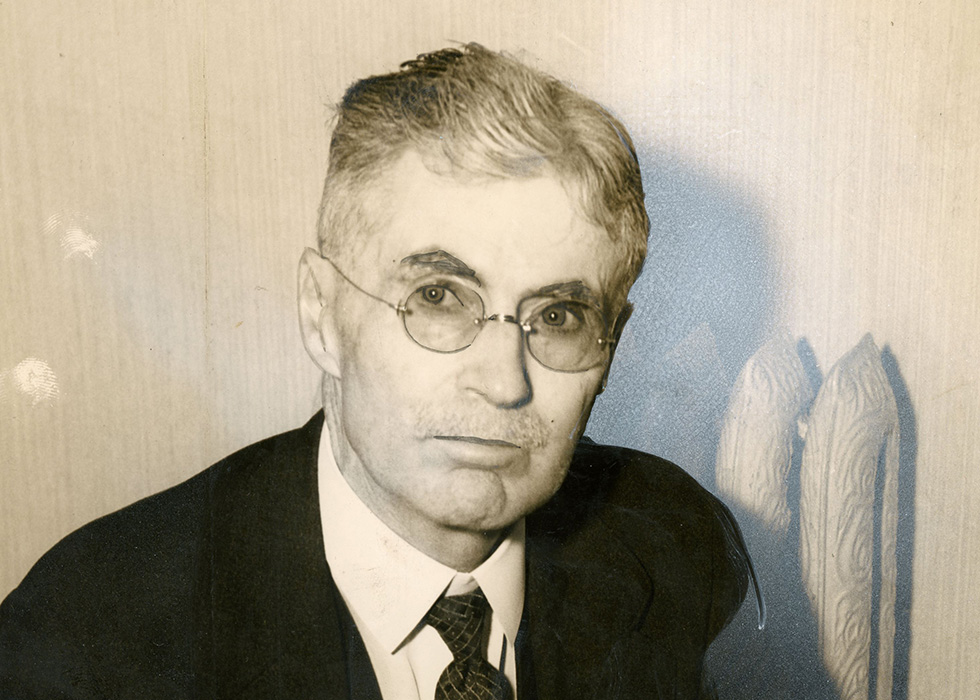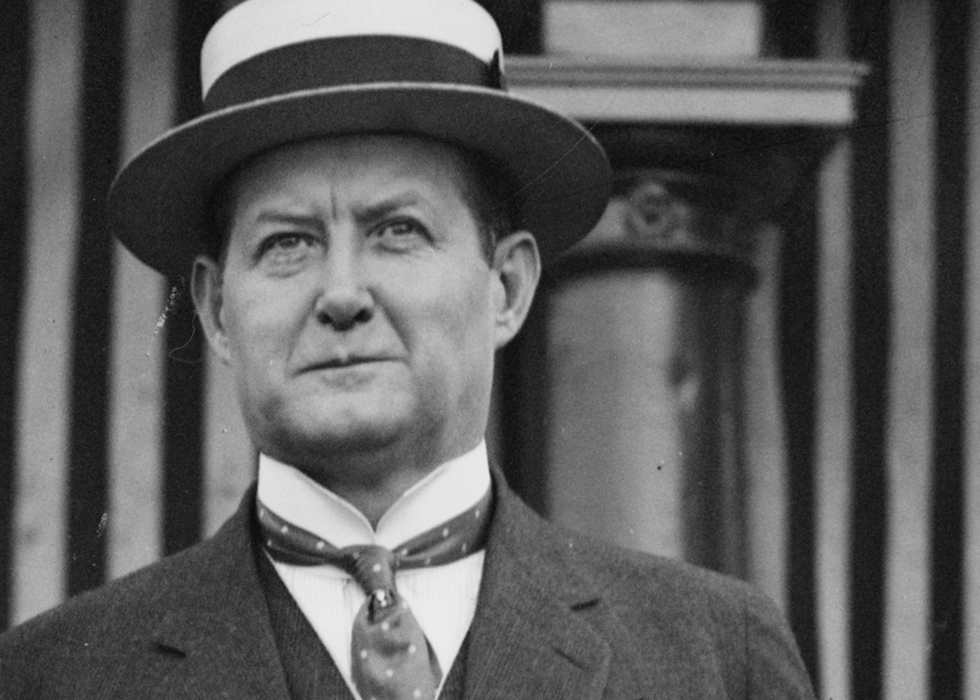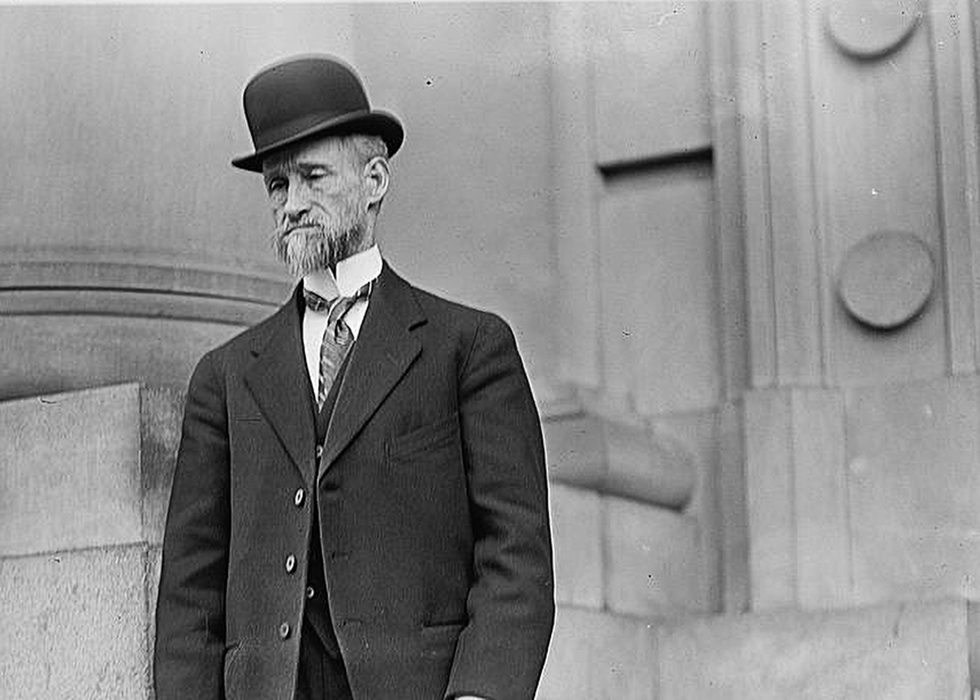
Resident Spotlight: Ronald Mack Bell
Atlanta native Ron Bell dreamed of serving in the US Navy. After graduating from North Fulton High School in 1955, Bell spent some time on a naval vessel. It was a learning experience – the trip inspired Bell to become a naval officer, not an enlisted man.

Bell entered Georgia Tech in Fall 1955 and enrolled in the Naval ROTC program. He joined the Theta Chi fraternity, later becoming chapter president. Bell was a leader on campus, even arranging for the Kingston Trio, one of the early leaders in the folk revival movement in popular music in the late 1950s, to come to campus for a concert.
Bell graduated with a degree in Industrial Management in 1959. Commissioned as an Ensign, Bell spent thirty years in the Naval Supply Corps (NSC). He ultimately achieved the rank of Captain. His first assignment was at the Naval Supply Corps School in Athens, Georgia. After his initial training, Bell was sent to a tour of duty at a US naval base in Japan as the supply officer on the USS Westchester County (LST-1167). He then came back to the Supply Corps School as an instructor. This was followed by study at the University of Michigan, where he earned an MBA degree (with Distinction). His next assignment was then overseas to the Navy’s Purchasing Office in London, England.
In February 1968, while Bell was serving in London, he became the commanding officer of a US Navy destroyer – an unusual assignment for a supply corps officer. How did this happen?

The USS Bache, constructed during World War II and active in the Pacific theater in 1944-1945, was on a training mission in the Mediterranean in 1968. The ship was heavily damaged when it swept aground during a storm near the Greek island of Rhodes. The ship’s commanding officer was relieved of duty due to the accident, and the admiral in command of the US Sixth Fleet sent Bell to the site to oversee the removal of the vessel’s remains. Various decisions had to be made regarding the removal of the wreckage, and associated forms had to be completed by the commanding officer. Bell was temporarily appointed the commander of the ship. He held this position until the USS Bache was decommissioned a few weeks later.
Much of Bell’s career was spent as a supply officer serving the US Navy submarine fleet. While he was in this assignment, he took the initiative to become a “warfare qualified submariner.” Each branch of the Navy (aviation, surface, submariner, Seabees, etc.) has an extensive training process that a sailor can go through to achieve a “qualified” designation. The sailor going through the submariner qualification process has to learn the operations of the various systems on the boat (propulsion, weaponry, navigation, etc.) with the goal that they will be able to respond to any combat situation or emergency as needed. Like a pilot earns their wings, a submariner earns a “Dolphins” designator through the qualification process.
 Once Bell went out on a submarine from the Norfolk naval base as part of his supply corps duties, expecting to be gone 2 to 3 days. However, while cruising out into the Atlantic, the sub received word that a suspected Soviet sub was nearby. Bell’s ship spent the next six weeks searching and tracking the Soviet sub. The US vessel had to maintain radio silence the entire time. Bell was not able to get word back to shore that his time at sea would be longer than expected.
Once Bell went out on a submarine from the Norfolk naval base as part of his supply corps duties, expecting to be gone 2 to 3 days. However, while cruising out into the Atlantic, the sub received word that a suspected Soviet sub was nearby. Bell’s ship spent the next six weeks searching and tracking the Soviet sub. The US vessel had to maintain radio silence the entire time. Bell was not able to get word back to shore that his time at sea would be longer than expected.
Bell’s last tour of duty brought him back to where he started active duty – at the Navy Supply Corps School in Athens – this time as commanding officer. Upon retiring from the Navy, Ron Bell returned to his beloved alma mater where he spent 13 years in research administration, retiring in 1998 as Vice President and General Manager of the Georgia Tech Research Corporation.

Written by Oakland volunteer Gene Ramsay. Gene shares Oakland as a guide for the following tours: “Tech Tales: Oakland Cemetery and Georgia Tech,” “From Terminus to Terminals: People Who Put Atlanta in Motion,” and “Sights, Symbols, and Stories of Oakland.” Many thanks to Captain Bell’s widow, Deborah Slaton Bell, and to Jim McGarrah, Jim Cofer and Rosalind Hillhouse for their help in preparing this article. Captain Bell’s obituary, posted by the affiliate of Dignity Memorial in Brunswick, GA was also quite helpful.




